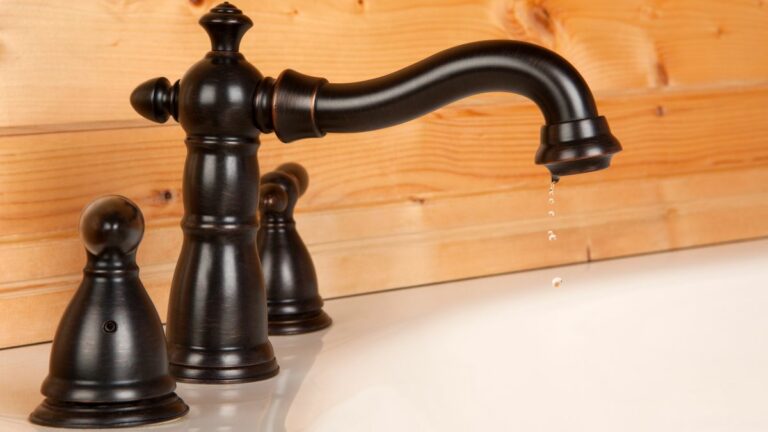What Is A Kitchen Island?
If you’ve ever walked into a modern kitchen, chances are you noticed a central feature that combines style and function effortlessly: the kitchen island. This versatile piece can transform your cooking space into a more efficient, organized, and social hub. But what exactly is a kitchen island, and why is it so popular? In this text, you’ll discover everything you need to know, the definition, designs, benefits, and key factors to consider before adding one to your kitchen.
Definition And Purpose Of A Kitchen Island
A kitchen island is a freestanding cabinetry or countertop unit typically located centrally in your kitchen. Unlike built-in countertops lining the walls, the island provides an additional workspace that’s accessible from all sides. Its primary purpose is to offer extra counter space for cooking, prepping, or serving, while often including built-in storage or seating options. Essentially, it acts as a multifunctional centerpiece that helps optimize kitchen workflow and serves as a social gathering spot for family and guests.
Common Features And Designs
Kitchen islands come in various forms, each tailored to meet different needs and styles. Understanding the types and their features can help you pick the right fit for your space.
Types Of Kitchen Islands
There’s no one-size-fits-all when it comes to kitchen islands. The design often depends on the size of your kitchen, intended use, and personal aesthetic preferences.
Freestanding Islands
Freestanding islands sit independently in the kitchen. These are larger pieces often custom-built or purchased as standalone furniture. They’re fixed in place but provide ample storage and workspace.
Mobile Kitchen Islands
If flexibility is your priority, mobile kitchen islands with wheels are perfect. They can be moved around to create open space or relocated as needed, making them ideal for smaller kitchens or multipurpose rooms.
Built-In Kitchen Islands
Built-in kitchen islands are integrated into the overall kitchen cabinetry and layout. Unlike freestanding islands, these are permanent fixtures usually connected to plumbing or electrical systems to support features like sinks, cooktops, or built-in appliances. This custom design maximizes function and cohesion with your kitchen’s style but requires more planning and investment.
Benefits Of Having A Kitchen Island
Incorporating a kitchen island brings a host of advantages that go beyond just extra counter space.
Additional Uses And Functionalities
Islands aren’t just for prep work: they double as buffet stations during parties or assignments hubs for kids. Their versatility makes them indispensable in busy households.
Storage Solutions And Organization
Many islands feature drawers, cabinets, and even wine racks, allowing you to efficiently declutter your kitchen and keep essentials within easy reach.
Seating And Dining Options
By adding bar stools or a breakfast counter, you create a casual dining area perfect for quick meals, socializing, or keeping the cook company.
Cooking And Prep Spaces
Some islands include built-in stovetops, sinks, or cutting boards, turning them into dedicated zones for specific cooking tasks, enhancing workflow and convenience.
Aesthetic And Design Impact
A kitchen island can dramatically influence your kitchen’s look and feel. From sleek modern styles with quartz countertops to rustic wooden farmhouse designs, the island often becomes a focal point. Its color, material, and detailing can tie together your kitchen’s theme or introduce a compelling contrast. Thoughtful lighting and accessory choices around the island enhance its visual appeal and usability, making your kitchen not only functional but also inviting and stylish.
Considerations Before Installing A Kitchen Island
Before you jump into adding a kitchen island, there are important factors to weigh to ensure it suits your space and lifestyle.
Space Requirements And Layout Planning
Your kitchen should have at least 36 to 48 inches of clearance around the island to allow easy movement. Measure carefully to avoid crowding or disrupting the cooking triangle.
Material Choices And Durability
Choose materials based on how you’ll use the island. Heavy-duty granite or quartz are excellent for prep and cooking, while wood or butcher block add warmth but may need more upkeep.
Cost Factors And Budgeting
Islands come in a wide price range depending on size, materials, and built-in appliances. Factor in costs for installation, plumbing, electrical work, and finishes to avoid surprises. Setting a realistic budget helps you prioritize features and design elements you truly want.
Conclusion
A kitchen island is more than just an additional countertop, it’s a multifunctional centerpiece that elevates both the practicality and aesthetic of your kitchen. Whether you opt for a freestanding piece for flexibility or a built-in design with advanced features, a well-planned island can streamline your cooking, boost storage, and create inviting spaces for dining and socializing. Taking the time to consider your space, needs, and style will help you choose the perfect island that fits seamlessly into your home and daily routine.


